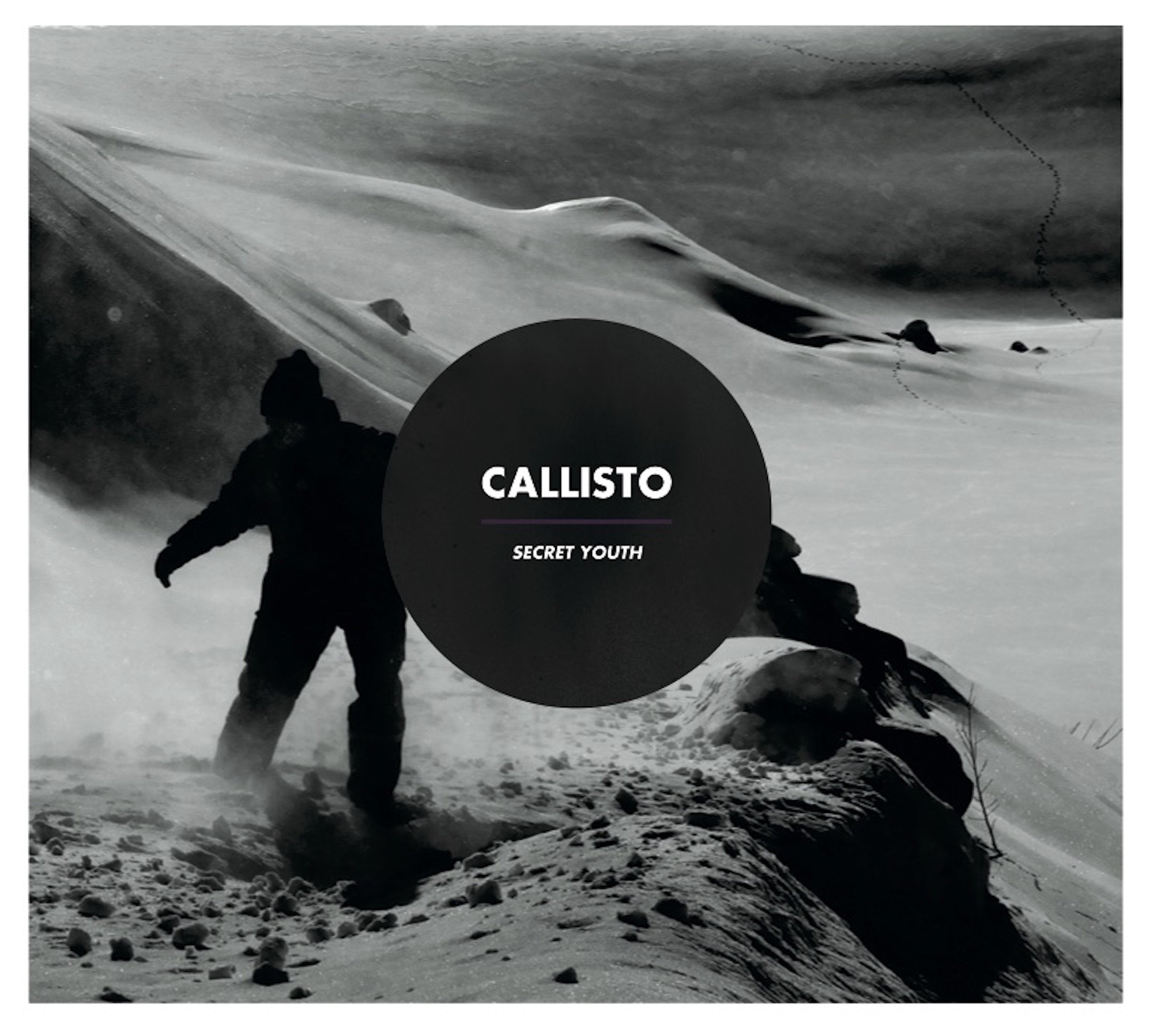“Art should be not branded,” the appropriately named keyboardist Arto Karvonen opined back in 2006, and, indeed, this assertion could well become the band’s motto. Consistently surprising both their followers and untamed listeners alike with their elasticity and unbound progressive nature, Finnish metal band Callisto – (named after one of Jupiter’s moons) – have avoided one of the greatest pitfalls that can befall a metal band: Death By Genrification.
In a musical landscape where no genre can be appreciated unless it has at least seven hyphens, filled with ‘post-this’ and ‘proto-that’ ideology, Callisto have managed to circumnavigate this needless necessity altogether: they’ve found it much easier just to make music, and let everyone squabble over what ballpark they’re in. Fortunately, for this reviewer, they happen to be very good at it. One of the best and worst things that can happen to a band is for them to discover their own “sound”: every band requires a sound to the extent that it makes them recognisable to the public and bequeaths them with an identity around which they can stabilize their creativity; but if a band becomes too dependent on that sound, it can imprison them, fostering a pale career in which every album is only marginally different from its predecessor, and tracks can only truthfully be distinguished by reading their track names prior to listening. But for Callisto, this is not a problem. They have taken their sound, sculpted it, nurtured it, educated it, introduced it to other cultures to see how it gets on, and made it into a truly outstanding citizen, whilst other bands of longer standing and greater repute are still being breastfed.
In this respect, Callisto’s fourth album ‘Secret Youth’ is no different from the others; by which, I mean, it is different from the others. (I do hope you’re following this). The second album to feature lead singer Jani Ala-Hukkala – (don’t ask me to pronounce it unless I’m wearing a hula-hoop and been drinking too much port) – whose smooth, sophisticated voice reminds me somewhat of Mike Patton during his suaver moments – it is markedly less cinematic and meandering than ‘Noir’ or ‘Providence’, though no less rich and affecting because of it. Contrary to the diffuse, Sludge-influenced instrumentals of their first album, there is a clarifying directness to the songs assembled on ‘Secret Youth’ that probably make it their most accessible record to date. I’m not saying it has any wheelchair ramps or anything, but, if they carry on in this vein, they may even become – dare I say it – Radio Friendly! Laughter offstage.
But, seriously folks, the beautiful melodocism of ‘Secret Youth’ is not to be denied. Though it lacks the additional instrumentation of saxophone, trumpet, oboe, and music box that gave ‘Providence’ such a Godfather sound, the textures are no less deep and sonorous, with Ariel Björklund’s nuanced and always apropos drumming, Juho Niemelä’s prominent, rattling bass, the intermingling languidity of the two guitars, and Arto’s atmospheric and subtle keyboards, all providing a sonic bed over which Jani can spin his sepulchral and conspiratorial melodies, which all sound like they must have been written whilst he was feeling particularly inspired in the back of a hearse. (What he may or may not have been doing in the back of this entirely figurative hearse I shall leave to your imagination).
All of the songs on ‘Secret Youth’ are excellent. There is a refined, ‘just-so’-ness to them, that makes each song feel lean and perfected, excised of excess. Even so, the two tracks that stand-out the most to me are ’03 ACTS’ and ‘Ghostwritten’. The former has a flexible, syncopated rhythm section overlaid with floating surf-guitars and sinister organ, painting a picture of a moon-scarred California, as Jani sings what is the probably the most beautiful and maudlin chorus on the album. The second has a truly stunning opening featuring a slide guitar that sounds like it could have been taken directly from Dave Gilmour’s basement, and a staggering, ambient ending with a real touch of drama to it. The short instrumentals ‘Lost Prayer’ and ‘Old Souls’ also serve as timely intermezzi between the other songs on the album.
So there it is. An unbranded album of unbranded art by an unbranded band.
It’s good. It’s music. I like it.
Can ya dig it?

